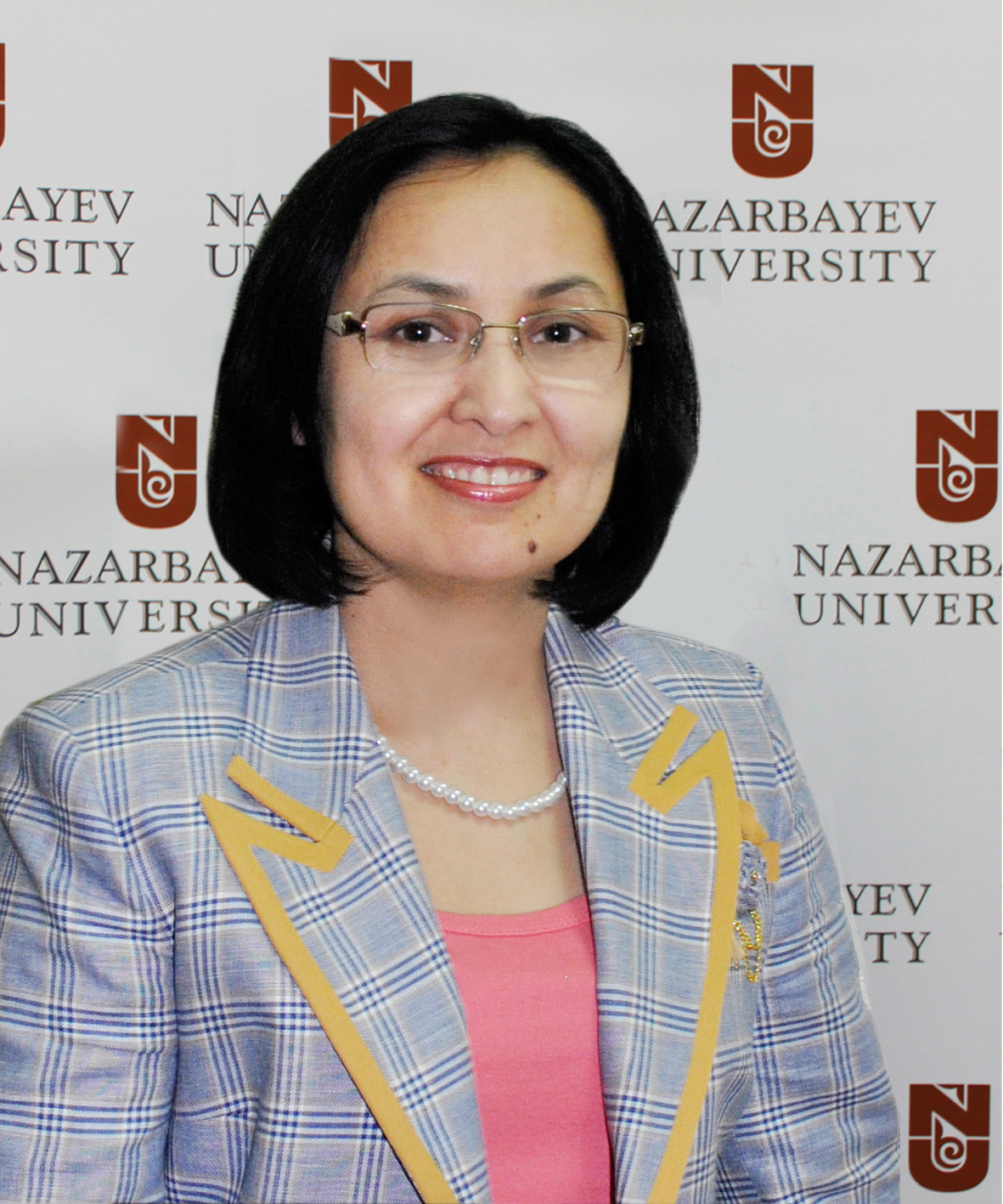Zhazira Agabekova
@nu.edu.kz
Kazakh Language and Turkic Studies
Nazarbayev University
RESEARCH INTERESTS
Onomastics, Gender studies, Kazakh Language
Scopus Publications
Scopus Publications
Zhazira Agabekova, Aigul Amirbekova, Kalamkas Kalybekova, Dana Ospanova, Bayan Abylayeva, and Bolat Khassenov
Bilingual Publishing Group
Some words in the Kazakh language became more active during the pandemic. This article describes which words were most often used in the Kazakh language during the COVID-19 pandemic. The research materials were taken from Google Trends and the National Corpus of the Kazakh language. The analysis showed that in the Kazakh language words like koronavırýs-coronavirus (noun); covid (noun); COVID-19 (noun); pandemıa-pandemic (noun); koronavırýstyq ınfeksıa-coronavirus infection (adjective+ noun); karantın-quarantine (noun); ózin-ózi oqshaýlaý-self-isolation (pronoun+gesture name); lokdaýn-lokdaun (noun); áleýmettik qashyqtyq-social distance (adjective+noun); qashyqtyqtan oqytý-distance learning (noun+gesture name) were frequently used. The article has developed a visualization of the frequency of use of words with statistical diagrams.
Sholpan Zharkynbekova, Saule Tazhibayeva, Zukhra Shakhputova, Zhazira Agabekova, Ariya Azamatova, and Zhanna Kuzar
Frontiers Media SA
Migration processes, which intensified in the late twentieth and early twenty-first centuries, occur within a context of constant challenges and changing realities, necessitating new research in this area. Nearly all migrants, adapting to new forms of everyday existence, might experience socio-psychological stress. This study focuses on the socio-cultural and linguistic adaptation of the young generation of ethnic Kazakhs, as well as their psychological state within the educational environment, grounded in the concept of transnationalism. The authors conducted a survey and interviews with repatriate students from China and Mongolia in their native language, Kazakh. The research methodology, survey methodology and applied tools are comparable in terms of both qualitative and quantitative analysis. The sample population consisted of 230 respondents from five regions, aged between 16 and 25 years old. Furthermore, 30 qualitative, focused interviews were conducted. The discussion questions are related to several important factors, including the impact of the presence of relatives in the country of origin, the establishment of ties with them, and the integration of individuals into the social spheres of their historical homeland during their stay in Kazakhstan, as well as the processes of adaptation and integration into the new society. The results demonstrate the existence of transnational practices among the informants, which permits the categorization of these individuals as transnational migrants, despite the fact that a considerable number of them have completed the migration process. The findings of the research also indicated that repatriate students from Mongolia showed greater ease of adaptation in Kazakhstan, largely due to their more active communication with relatives and stronger inclination toward integration into local society. Conversely, Kazakh ethnic students from China, despite using contemporary communication technologies, encountered more challenges, largely due to emotional difficulties associated with the lack of physical proximity to their families and a prevalent intention to return to their families after graduation.
Sholpan K. Zharkynbekova, Zhazira A. Agabekova, and Assem Zh. Aksholakova
Immanuel Kant Baltic Federal University
The article addresses the challenges associated with standardizing and unifying the spelling of toponyms in Kazakhstan. The authors conduct an analysis of the linguistic variability of toponyms, exploring methods for their transcription into Kazakh, Russian, and English languages. The study's findings reveal that a majority of the country's geographical names undergo various modifications. The authors identify and scrutinize several types of transformations, including transliteration, phonetic adjustments, morphological changes, lexical transformations, reduction (pollination), translation or calquing, reinterpretation, and renaming (denomination). The study establishes that these modifications adhere to general language laws and are influenced by differences in the typological characteristics of Turkic and Slavic languages. The article argues that the intensification of toponym renaming processes necessitates coordination and control by state administration bodies. This involves systematic organization and standardization of geographical names. The issue of standardizing geographical names in Kazakhstan is particularly pertinent, especially amid ongoing discussions about the country's potential shift to the Latin script.

